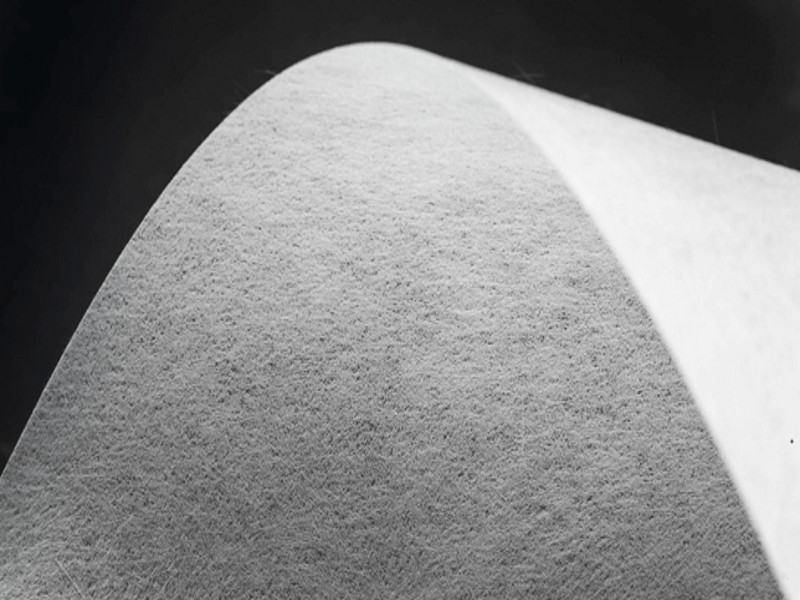Market Report
Disruptive Technology for High Performance Nonwovens to 2028

Smithers identifies six drivers that are shaping the future of the high-performance nonwovens market.
According to new research from Smithers - Ten Year Forecast of Disruptive Technology for High-Performance Nonwovens to 2028 - the high-performance nonwovens market is in the centre of substantial changes, some evolutionary and some revolutionary. These changes are being driven by fluctuating forces in the global marketplace and changing consumer needs:
To survive in an increasingly competitive global marketplace, companies are reducing cost. Producers are using advanced manufacturing techniques, integrated manufacturing processes and formed strategic partnerships with customers and raw material suppliers. The only way the developed, high labour cost regions can compete with the emerging, low labour cost regions is by maintaining a technological advantage.
Disruptive technologies can provide that advantage offering a new solution that enhances production efficiency, conquerors an unmet demand or opens a new market to the nonwovens industry.
They are also developing new products, such as:
Nonwovens producers are under increasing pressure to adjust to changing consumer and customer needs, while maintaining costs at near commodity levels. The following chart identifies the current pain points in the industry that producers are looking at address:

Active packaging involving nonwovens is primarily in the food packaging market. It can play a vital role in ensuring perishable foods reach consumers in a safe condition and are still appetising to eat. Supply chains are increasingly globalised, and as countries like China and India develop there are cohorts of newly affluent spenders buy packaging meat, fruit and vegetables for the first time.
Food pads made from airlaid nonwovens including superabsorbents are the major current application. This type of active packaging usually interacts with the environment within the pack via chemical or biological action to extend shelf life or freshness – for example by maintaining an inert atmosphere, or inhibiting the growth of bacteria.
Across 2018-2028, there will be a growing need for better food safety plus other increasingly sophisticated packaging needs that will increase the use of these nonwovens. At the same time retailers and governments in more developed regions are adopting policies to minimise food waste.
There are sophisticated packaging solutions for generating carbon dioxide and/or scavenging oxygen, as well as eliminating bioactivity. Further, intelligent packaging will monitor for known problems like e-coli or salmonella and communicate immediately to controllers.
One option to enhance this in the future will be to leverage advances in nanofibre nonwovens to offer superior controlled release of active components. Drugs and hazardous chemicals will also use nonwovens in their active and intelligent packaging.
The uncertainty in the global geopolitical situation in 2018 - with continuing trade disagreements - makes raw material supply and cost an issue.
In the last ten years, a dramatic shift in the supply and price of petroleum has had a dramatic effect on petroleum-based raw materials. Ten years ago, the largest petroleum producers were in politically unstable regions, far from most nonwoven production. Today, the US is one of the largest petroleum producers.
Today separate companies produce and sell raw materials, chemicals, nonwovens and converted nonwovens to end users. There is very little integration. Across the decade to 2028, there will be much more consolidation in nonwoven industry business model. This will happen both internally with composites and integrated manufacturing processes producing multilayer products, and externally, with nonwoven producers adding in-line converting operations. This scenario gives nonwoven producers the best chance to remain competitive and profitable in high-performance nonwovens. Raw material sourcing is likely to remain discrete.
The consumer desire for environmentally sustainable processes and products has not abated, despite global economic and geopolitical issues. Additionally, global concern for the environment has grown, with even China and India committing to more sustainable processes and products.
In 2018, almost every nonwoven producer has a dedicated sustainability staff, programme and report. Over the next ten years, only cost and performance will be a greater driver than sustainability for disruptive technologies.
This will favour the development of more sustainable feedstocks for nonwoven products; such as:
As well as refinements in processing technologies to minimise water use, power use, and wastage.
Regulatory changes affect high-performance production in two major ways:
This presents both problems and opportunities for high-performance producers. Including air and water filtration and scrubber systems in processes is a cost; the development of new products to meet regulations can lead to differentiation.
An example of the opportunity is Kimberly-Clark’s Cottonelle Flushable Wipes, which initially was the only product that was dispersible and likely to meet future regulations on flushability. This allowed Kimberly-Clark to capture 80% of the market, while their competitors used inferior products.
For more information and purchasing options, download the brochure.